



.jpg)
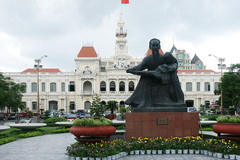
The People’s Committee Building of Ho Chi Minh City is located at one end of Nguyen Hue Street, one of the most beautiful streets in this metropolis. The building was built and put into use in 1909 as a hotel whose original name was Hôtel de Ville. It was designed by...

Le temple de Bà Thiên Hậu (vietnamien: chùa Ba Thien Hau) est un temple taoïste situé à Cholon, ville chinoise d'Ho-Chi-Minh-Ville (ex Saïgon). Cette pagode dédiée à la déesse de la mer Thien Hau a...
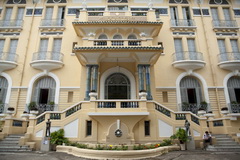
Le musée des Beaux-Arts (Bao Tang My Thuat) se donne à voir dans une belle demeure particulière au n° 97 de la rue Pho Duc Chinh, au sud du centre ville. Il s'agit en effet d'un édifice Art Déco, orienté selon les règles du Feng Shui,...
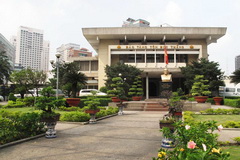
C'est en toute discrétion que le modeste musée Ton Duc Thang se donne à voir dans une rue éponyme. Peu fréquenté, l'établissement n'en demeure pas moins intéressant d'un point de vue historique. En effet, ce...
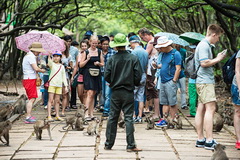
Located in Can Gio District, Vam Sat lies between the two rivers Vam Sat and Long Tau. The area used to belong to Dong Nai Province before being merged into Ho Chi Minh City in 1978. During resistance war against American invaders, Vam Sat was destroyed by bombs and defoliants, yet...

La poste centrale (Buu Dien) constitue un témoignage important de l'architecture française au Vietnam, ce qui explique sa position de monument incontournable d'Ho Chi Minh-Ville.Fondée entre 1886 et 1891, ce bel immeuble rappelle les constructions parisiennes. Ainsi,...
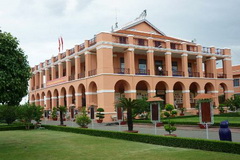
A figure of vast Importance to Vietnam's modern history, Ho Chi Minh has his memory spread everywhere throughout the country, including the place which bears his name – Ho Chi Minh City. The most highlighted moment of his life that is often tied with this city was in June 1911,...
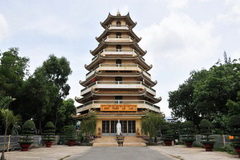
Giac Lam is one of the oldest pagodas in Ho Chi Minh City. Originally, it was built by Ly Thuy Long – a native Minh Huong, in 1744, as a gathering place during Lunar New Year. The new-built temple was like a scenic lookout overlooking Gia Dinh Market while the area was still undeveloped and...
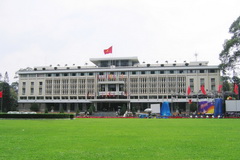
Auparavant, ce bâtiment était le Palais Norodom, construit en 1873. En 1954, le président du régime fantoche Ngô Dinh Diêm l’a choisi pour y installer son palais présidentiel. Fin 1962, il a été reconstruit et nommé Palais...

Situated at 339 Nam Ky Khoi Nghia Street, District 3 (just near Cong Ly Bridge), this biggest Mahāyāna Buddhist pagoda in Ho Chi Minh City, is rather a young pagoda. In 1964, when monks Thich Tam Giac and Thich Thanh Kiem from the North came there to spread Buddhism, Vinh Nghiem Pagoda...

Soyez le premier à connaître nos offres de voyage exclusives et les nouveaux circuits !.